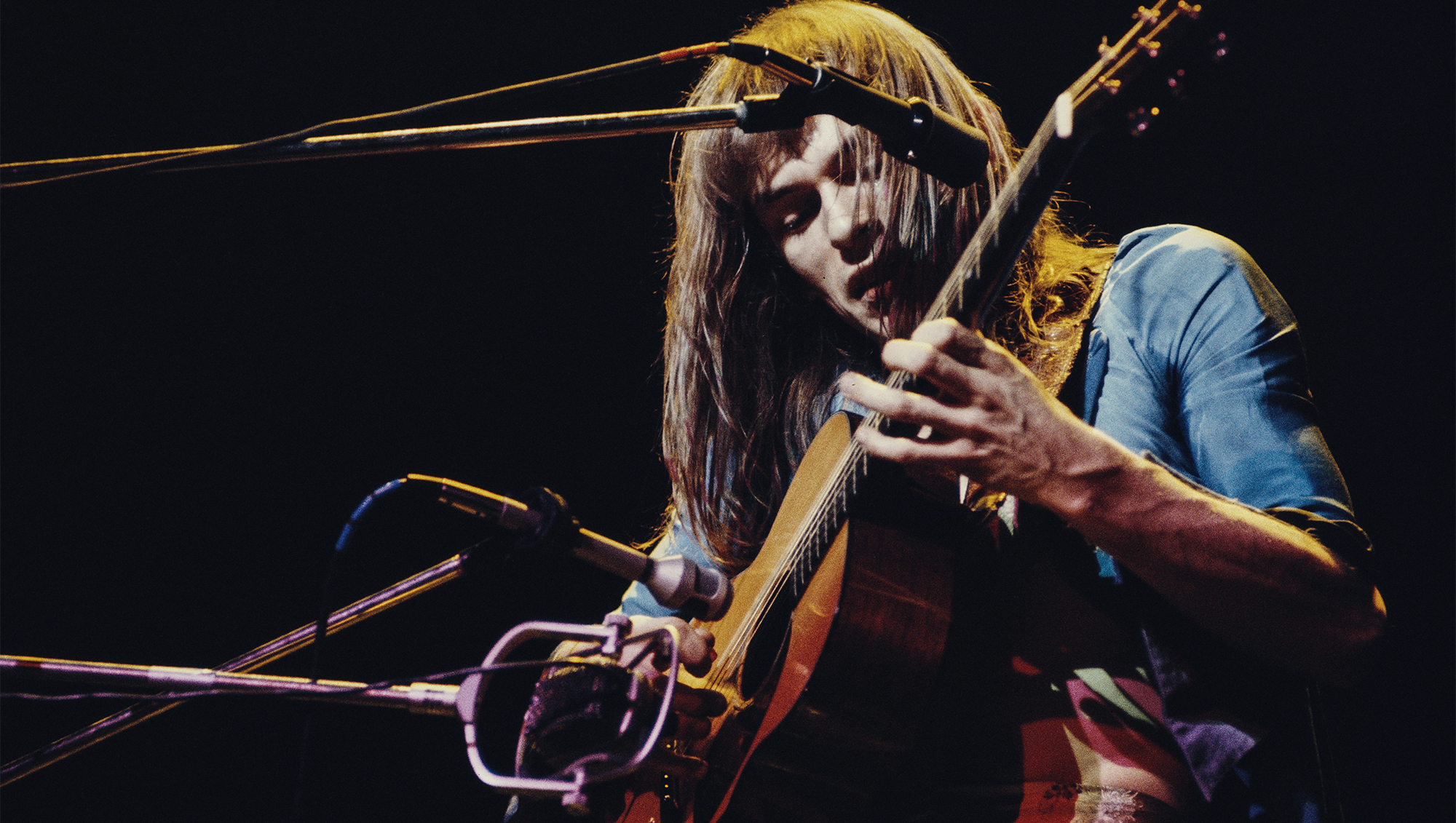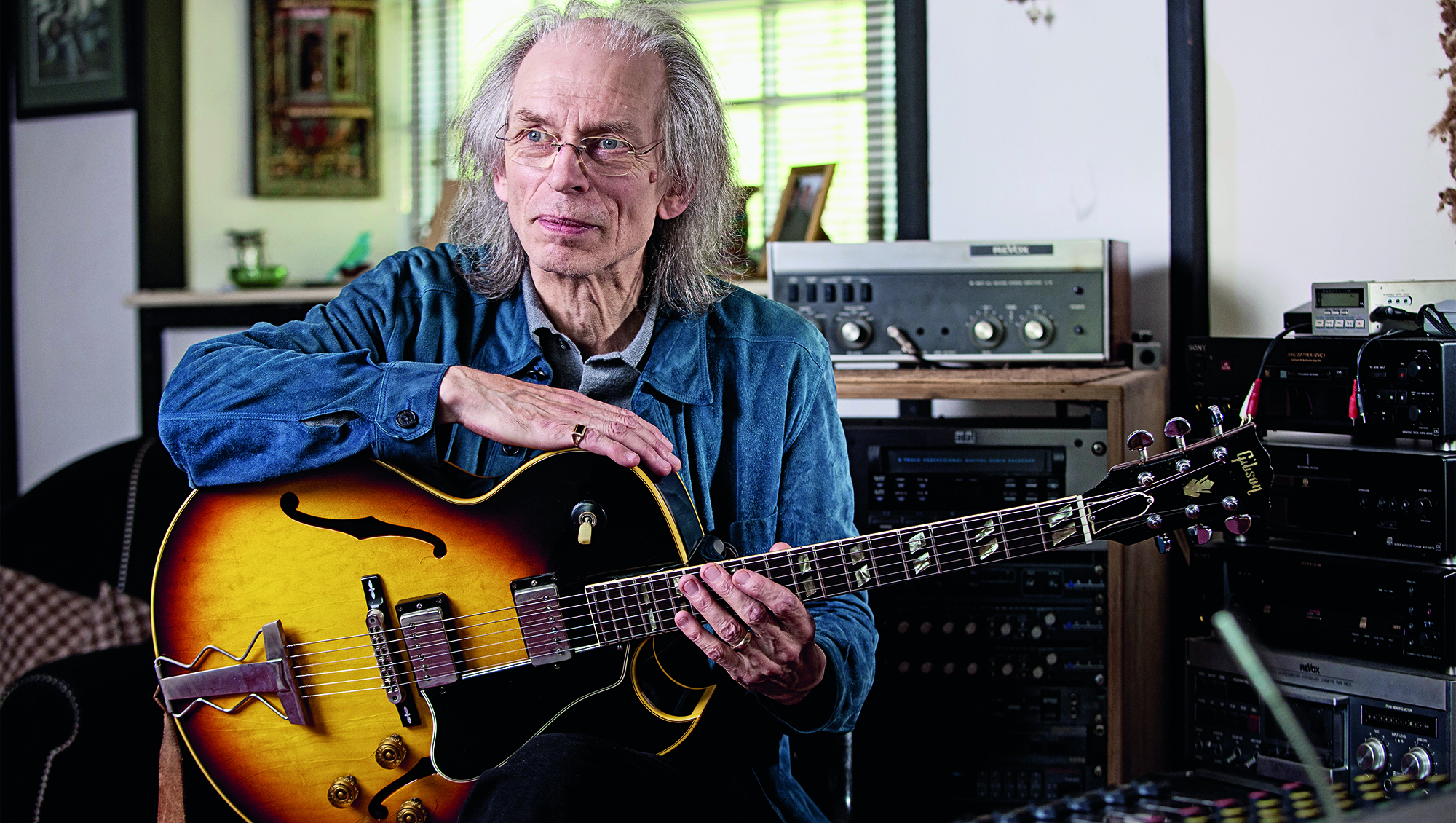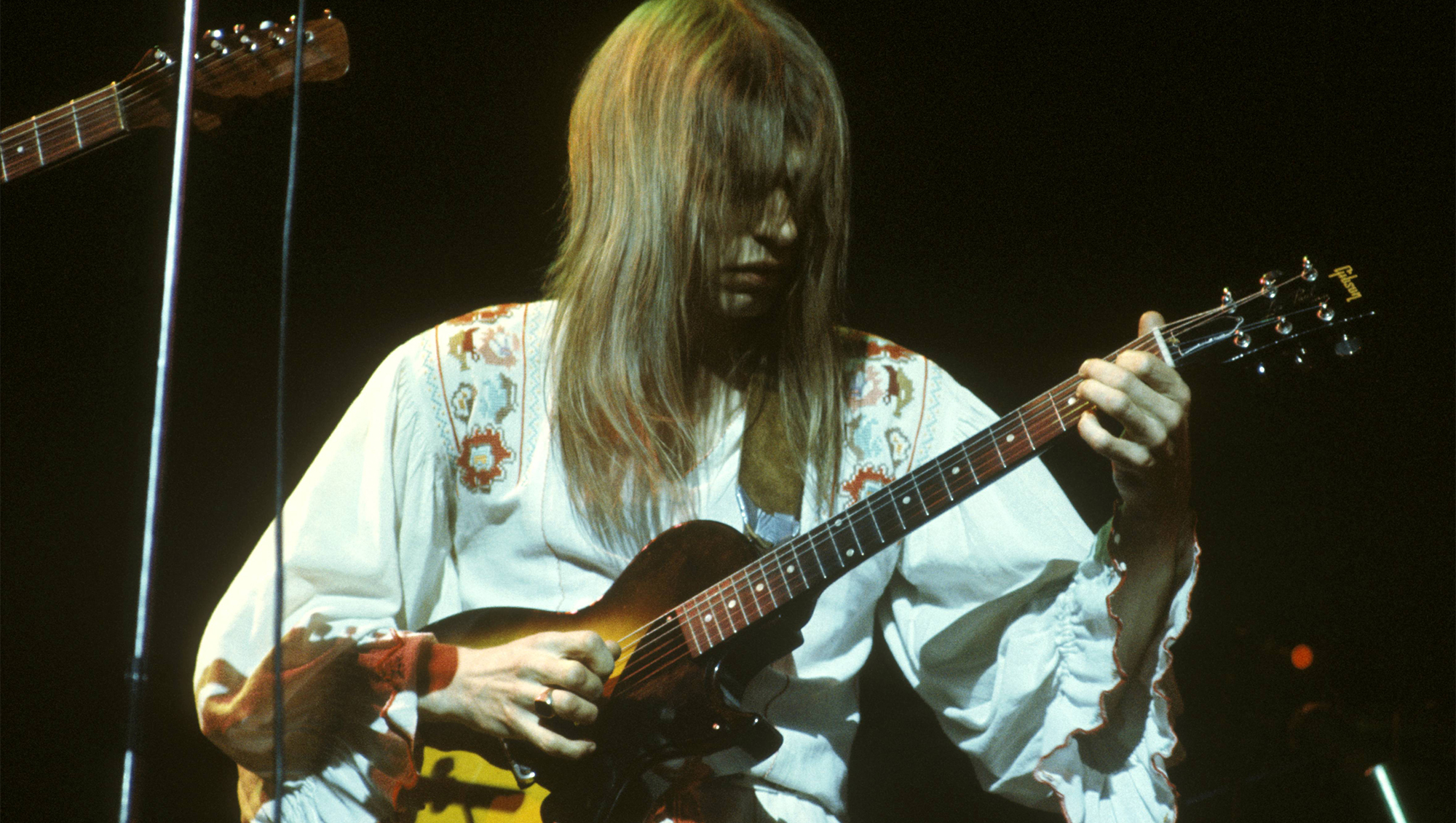“Can you please allow us to make one concept record without getting on our case?” Steve Howe on the most polarizing album Yes ever made, now getting a 15-disc deluxe box treatment
‘Tales From Topographic Oceans’ divided fans and critics, and caused Rick Wakeman to depart. Howe still stands by it

In the early 1970s, no prog group could claim to have had the success of Yes. Fragile, Close to the Edge and the live triple-LP Yessongs had established the British group as the most successful progressive-rock act of the era. Yes had every reason to believe fans would stick with them no matter what direction they took on their next album.
So they decided to throw in their lot with other groups of the day and create a concept album. And why not? It had certainly worked for the Who, which by that point had success with both Tommy and Quadrophenia, as well as for artists like David Bowie (Ziggy Stardust) and Pink Floyd (The Dark Side of the Moon), both of whom had recently established themselves as mainstream acts by doing so.
So what could go wrong? Well, plenty. To start with, there was the album’s ponderous name, Tales From Topographic Oceans. Inside, fans discovered four lengthy excursions that each took up a whole side of the double album. Not exactly easy listening. Although the record was a success on both sides of the Atlantic, it divided critics and fans alike with its ambitious musical aims.
But Tales also proved to be something of a line in the sand for keyboardist Rick Wakeman. Bored by the group’s new direction, he departed upon completion of the album’s tour and focused on his solo career.
Despite it all, Steve Howe looks fondly upon the album.
“It was a time of spreading our wings, a wonderful project where we went to the ends of the Earth to do it,” he told Guitar Player. “I don’t think we’d be the same group without it.”
Tales — which is getting a new release as a 15-disc Super Deluxe Edition boxed set this coming February — was the pet project of Howe and Yes singer Jon Anderson, the latter of whom was eager to continue exploring the longer song structures the group had created on Close to the Edge. He found a framework in the memoir Autobiography of a Yogi by the guru Paramahansa Yogananda. The book made a reference to the different levels and divisions within Hindu scriptures. Anderson thought that could be an interesting concept for an album.
All the latest guitar news, interviews, lessons, reviews, deals and more, direct to your inbox!
Howe quickly got onboard. As it happened, the live Yessongs set gave the two artists more time than usual to work out their ideas.

“Jon would sing, and I’d noodle my riffs and things, and the band would listen and get their ideas. That’s how we did it,” Howe explains. “There was a rehearsal period, and then we went into the studio to start recording, and we were there for months and months. We kept plowing on until this thing was finished. It was a huge, huge undertaking.”
Despite writing the basic structures, Howe and Anderson encouraged the others to help flesh out the songs.
“Jon and I asked the guys to be as creative as they could: ‘Don’t complain that you don’t like it; find something to play, and then you’ll love it.’
“So there was a Yes-style credit for music by everybody, but of course Jon and I wrote the majority of the music, and they wouldn’t deny it. But all of them came up with a little bit to add to it, something they wanted to do. We just attempted to draw those things out of them so it was a worthwhile album.”
The result was an album that pushed Yes in new directions — which was one reason some fans had trouble with it.
“There are things in there you never would have thought Yes would do, particularly on side two,” Howe says, “some beautiful, unusual, folk-like, almost Jethro Tull–ish things. Then we got really out there on side three with time signatures and crazy stuff. And we were playing it live, because you couldn’t do it any way else.”
Howe says it was so complicated that he recalls getting lost at one juncture in the recording.
“The band was watching me, and I was watching them, and I didn’t know where they were!” he says. “But at some point we met.”
For the album, Howe set aside his Gibson ES-175 electric guitar — a staple of those early Yes albums — and switched to a Les Paul Jr. Which may be another reason why some listeners found Tales sounded quite different from its predecessors.

“Back in the ’70s I was searching to find out what guitar was the guitar, leaving the 175 aside a bit and trying all the stereo guitars and all of that,” Howe explains. “Obviously, I’m just so lucky to never lose sight of the fact that it was still me coming through, even if I played an ES-5 Switchmaster. It was still me.”
Given how excited he was by their work, Howe said he was taken aback by the polarized response to the album.
“I find it so funny that anybody criticizes this album on the basis that it was a concept album,” he says. “Out of the 22, 23 studio albums we made, one of them is a concept album called Tales From Topographic Oceans. Can you please allow us to make one concept record without getting on our case? We stuck our necks out with Tales, and some people wanted to chop our heads off for it.”
Time, however, hasn’t diminished his love for it.
“I’m still very proud of it and very pleased with it,” Howe says. I think Tales is totally epic, and I love it to bits.”
Gary Graff is an award-winning Detroit-based music journalist and author who writes for a variety of print, online and broadcast outlets. He has written and collaborated on books about Alice Cooper, Neil Young, Bob Seger, Bruce Springsteen and Rock 'n' Roll Myths. He's also the founding editor of the award-winning MusicHound Essential Album Guide series and of the new 501 Essential Albums series. Graff is also a co-founder and co-producer of the annual Detroit Music Awards.

